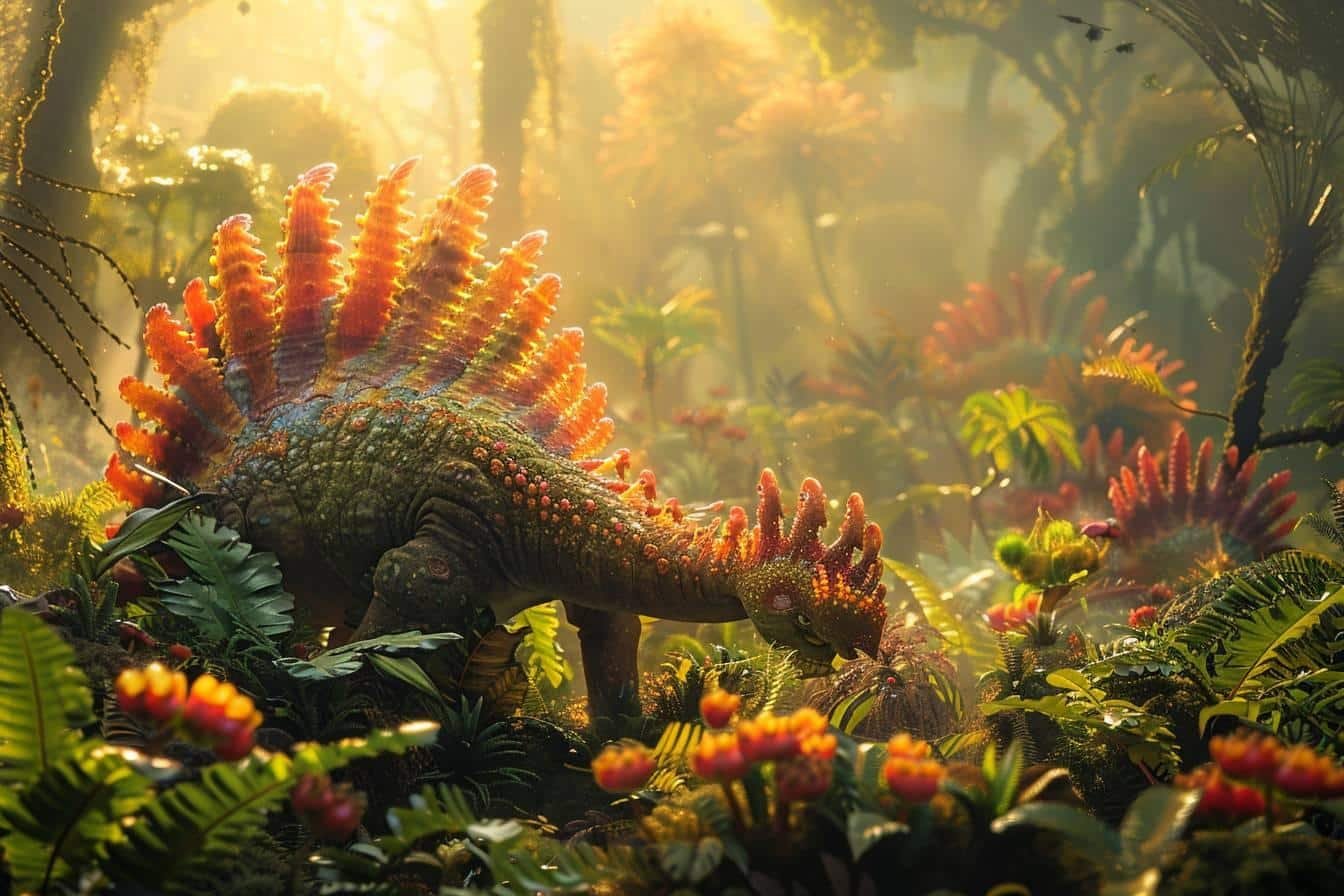The article in brief
Neotrygon kuhlii, a captivating tropical stingray, has unique characteristics and a complex evolutionary history.
- Distinctive appearance Flattened body with blue spotstapered tail and venomous prickles
- A varied habitat Present in the tropical Indo-Pacific, from coral reefs to depths of 90 metres.
- Taxonomic complexity Once a single species, now a complex of at least 12 distinct species
- Ecological importance Crucial role in the balance of marine ecosystems and the food chain
Ah, the Neotrygon kuhlii ! What an interesting creature of the tropical seas! As a marine animal enthusiast, I can't help but marvel at this very special ray. Let me introduce you to this jewel of our oceans, with its unique characteristics and complex evolutionary history.
Physical characteristics of the blue spotted stingray
La Neotrygon kuhliiThe blue-spotted stingray, commonly known as the masked stingray, is a veritable underwater visual spectacle. Its flattened, rounded body, with a maximum diameter of 70 to 80 cm, gives it an elegant silhouette. Its grey or brown coat is dotted with blue or white spots edged in brown, creating a unique pattern that has always fascinated me.
What strikes me most about this ray is its tapered tail, which is longer than its body. It is equipped with one or two venomous stings, a feature that demands the utmost respect. Its raised, rectangular eyes give it an almost alien look. It's a real jewel of evolution!
Housing and distribution
La Neotrygon kuhlii is a traveller of the warm seas. It is found in the tropical Indo-Pacific, from the Red Sea to the farthest reaches of Polynesia. It is particularly fond of sandy bottoms close to coral reefs, where it can burrow to hide or hunt. It can be observed from the surface to depths of 90 metres.
Lifestyle and diet
As a pet shop manager, I've always been fascinated by the feeding habits of marine species. The blue spotted ray is no exception! It feasts on small fish, crustaceans and worms that it finds in the sand. Its hunting technique is a real spectacle: it buries itself in the sand and waits patiently for its prey. It's a bit like playing hide-and-seek, but with a stingray twist!
The complex evolutionary history of Neotrygon kuhlii
The history of Neotrygon kuhlii is worthy of a scientific crime novel! Once classified as a Dasyatis kuhliiIt was reclassified in the Neotrygon genus in 2008. But that's just the tip of the iceberg...
An exciting species complex
What was once thought to be a single species has turned out to be a veritable complex of at least 12 distinct species! It's like suddenly discovering that your neighbour has 11 hidden twin brothers and sisters. Exciting, isn't it? This discovery has revolutionised our understanding of marine biodiversity and underlines the importance of taxonomic research.
Here is a small table summarising this taxonomic complexity:
| Old classification | New reality |
|---|---|
| A single species: Neotrygon kuhlii | Complex of at least 12 distinct species |
| Classified as Dasyatis kuhlii | Reclassified in the Neotrygon genus in 2008 |
Origin and development
The evolutionary history of Neotrygon kuhlii is just as fascinating. Scientists believe it originated in the Miocene, several million years ago, probably in the south-west Pacific. It's crazy to think that at a time when our ancestors were just beginning to stand up, these magnificent rays were already swimming in the primitive oceans!
This long evolutionary history partly explains the diversity we see today within this complex of species. Each population has evolved to adapt to its specific environment, giving rise to subtle but significant variations.

The importance of Neotrygon kuhlii in our ecosystems
As a marine life enthusiast, I can't help but stress the importance of the Neotrygon kuhlii in our marine ecosystems. These rays play a crucial role in the balance of the coral reefs and sandy bottoms they inhabit.
Ecological role
The blue-spotted stingray is an essential link in the marine food chain. By feeding on small benthic organisms, it helps to regulate their populations and maintain the health of bottom ecosystems. In addition, its burrowing behaviour helps to oxygenate sediments, benefiting many other species.
Interactions with humans
Although Neotrygon kuhlii is used in some fisheries, its commercial value is limited due to its small size. However, it is very popular in the aquarium world. I've had the opportunity to observe them in large public aquariums, and I can tell you that it's always a fascinating sight!
It is important to note that, like many marine species, the Neotrygon kuhlii is facing challenges linked to overfishing and the degradation of its habitat. As an animal lover, I can only advocate better protection for these magnificent creatures and their environment.
Neotrygon kuhlii shares certain habitats with other exciting species such as sea breamalthough their lifestyles are very different. Rays prefer sandy bottoms, common sole is another flatfish that occupies similar ecological niches. And for those interested in more colourful species, the pom-pom fish provides a striking contrast with the more subtle colour palette of our blue-spotted ray.
To sum up, the Neotrygon kuhlii is much more than just a ray. It's a living testimony to the complexity and beauty of marine evolution, an essential link in our coastal ecosystems, and a source of wonder for enthusiasts like me. Whether you're a diver, an aquarist or just a nature lover, I hope that this dive into the world of the blue-spotted stingray has given you a greater appreciation of these magnificent creatures of our oceans.
Sources :
